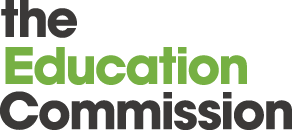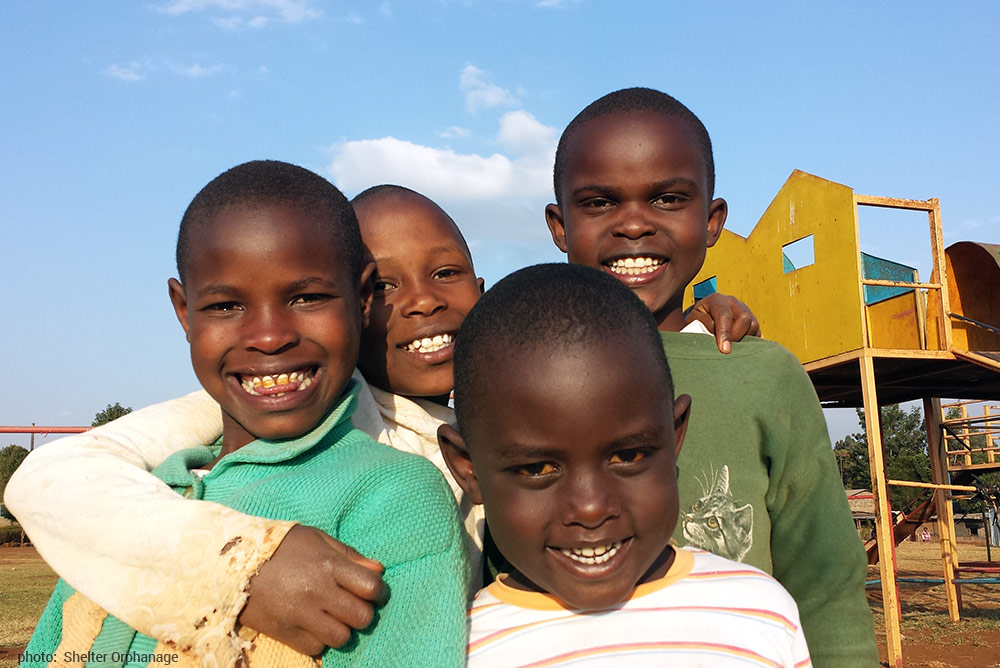Consultation Findings: Educate Global Fund
Financing for the global education agenda is not just about how much money can be raised, but rather how we can find better funding sources and financing mechanisms. The Education Commission is focused on figuring out how to scale quality education that delivers better learning outcomes and life chances for children in the developing world and addressing the lack of sufficient and effective financing for global education.
As part of a consultation for the Education Commission on education financing, we at the Educate Global Fund (EGF) — an investment advisor and asset manager dedicated to improving educational outcomes and life chances for children in low-income communities in East Africa — invited over 50 partner organisations including D.Capital, the World Bank, Segal Family Foundation, Strathmore University, Open Capital Advisors, and the Unreasonable Institute to showcase their work at the Sankalp Africa Summit 2016.
Most of the discussion focused on attracting capital, developing effective education policies, creating adequate financing mechanisms, and catalysing local resource mobilisation. In particular, consultation stakeholders recognised the need for greater community involvement in delivering on the global education agenda. This sentiment was also echoed when participants discussed the need for financing mechanisms and structures to evolve inclusively in order to ensure the growth of returns for investors as well as local communities.
Some of the work of EGF has exemplified this type of inclusive community approach. After a two-year pilot working with children, parents, community members, schools, orphanages and over 100 entrepreneurs across Uganda, Tanzania and Kenya, EGF refined an investment thesis that put learning outcomes and life chances for children at the heart of what we do. However, we are still deeply rooted in analysis and an evidence-based approach. Since then, EGF has established itself as an investment advisor and asset manager, and implemented our first initiative: an innovative financing mechanism to invest in education and enterprises in East Africa which is now certified by financial regulators and supervisory bodies across several jurisdictions in the United Kingdom and in East Africa[1].
UNICEF has identified 13 major barriers to achieving quality education in developing countries. Some of these barriers include: direct costs such as school fees, clothes and books; indirect costs such as the opportunity cost of attending school; local attitudes and traditions regarding school; health and nutrition issues; crisis and instability; poor quality curriculum; poor quality teaching and school management; lack of compulsory education laws; lack of nationally allocated funding for education. These barriers are particularly acute for girls, children from minority ethnic groups, children with disabilities, and children living in conflict areas.
Given that these barriers to education are broad and vary greatly across country, locality and region, EGF has decided to take a cross-sector approach to identify investments that improve the impact of learning and educational outcomes. These investments are often ancillary sectors that provide basic needs for children and their communities, such as health, nutrition, water and sanitation, transport, power and technology.
Another innovation we have spearheaded at EGF is the creation of children councils. These councils regularly meet after school to discuss barriers to quality education and have actively engaged with us in shaping our investment thesis and strategy over the past two years. Going forward, we intend to keep the voice of children at the heart of our investments with feedback loops, which we believe are integral to our impact measurement framework.
As a young organisation going through the challenges of creating and implementing an innovative financing structure from scratch, there are some lessons that we are keen to share with other like-minded organisations seeking to collaborate on the global education agenda. For example, too often the global education sector complains about uncoordinated initiatives and fragmentation of interventions. This not only hinders the scalability of initiatives that have the potential, but also hurts the global education sector as a credible investment opportunity. Forging stronger partnerships with donors, governments and investors will encourage greater knowledge sharing and transparency, which will allow for better alignment and prioritization of policies and investing strategies. This should ultimately provide more meaningful insights into the successes and failures of investing in global education.
Unfortunately, global education is significantly underinvested in relative to other sectors. A recent survey by JP Morgan (2015) showed that 58 per cent of capital allocated to impact investing [AUM (assets under management] $60bn) flows towards housing, agriculture, energy, and micro-finance, while only 2 per cent is invested in education. Yet, education is undeniably one of the most strategic and important pillars to economic development. As a result, the lack of capital investment in education will have lasting consequences for security, stability, community well being, livelihoods, and opportunities in both emerging and advanced market economies.
We believe that in the next 10 years impact investing will play an increasingly important role in transforming the financial community, with implications across all asset classes. Yet it is unlikely that we’ll find the silver bullet in advocating for any particular financing instrument for education given that most financing structures for education today are still early-stage innovations. Nor are we comfortable at this early stage with a narrow or blanket definition for any preferred financing mechanisms for education. Instead, we prefer a pragmatic and local approach to first understanding the issues, and then working with a number of strategic and financing partners to make successful investments a shared success.
What attracted us in conversations with collaborator and partners such as Kenya’s Ministry of Education, Open Society Foundation, DFID, USAID, the Rockefeller Foundation, the SDG Philanthropy Platform, and representatives of the United Nations in Kenya, is the willingness to embrace different types of funding from philanthropy to social finance to impact investing. It is important to be inclusive and have diversity of sources of capital as well as have a strong understanding how different actors can collaborate together to realise impactful and scalable investments in global education— investments that are complementary and aligned toward realising the government’s objectives as set out in the post-2015 SDGs, Kenya 2030 Vision, the Education Act and the National Education Sector Plans.
For each critical issue facing a country, a region, a village or a child’s education, there may be more than one adequate financing mechanism required (individually or in conjunction) to tackle barriers to quality education— and vice versa some financing structures may also be applicable across a range of issues. Collectively these innovative financing structures have the potential to be a powerful force for governments and enterprises to adequately access capital for investing in global education, the impact of which is far-reaching for children and youth across the world.
Sandrine Henton is an Investment Director at Educate Global Fund, an investment adviser and asset manager dedicated to education with initial focus in East Africa.
[1] Educate Global Limited is an appointed representative of Privium Fund Management (UK) Limited which is authorised and regulated by the Financial Conduct Authority. The Educate Global branch office is also registered in Kenya.


It has taken long to bring back the feedbacks
Great article Sandrine! Although investing in education is in early stage developments, I am glad to hear EGF are dedicated to creating innovative methods of investment that have learning outcomes and life chances for children incorporated into their design whilst also trying to align governmental objectives.
Thanks for sharing this article. I also think that it’s very important for the government to pay attention to financing education as well. I that by doing this, future children can have a better life and a better place to live.